Monday Morning Update 6/9/14
Top News

The Senate confirms Sylvia Burwell as secretary of HHS in a remarkably non-contentious process. Reports suggest that she will be sworn in and take office Monday.
Reader Comments

From Hallway: “Re: mapping applications. I saw your mention of Esri just after participating in a Google+ Hangout on Google Maps. One of the presenters was the CEO of Jibestream, which gives a hospital example.” Geographic tools will get a lot play because of consumerism and population health as health systems seek to understand their patients and target market better, move their health-related work into community social services, and plan their locations and resource deployment. Tying databases to physical locations will become even more important with hospitals taking on risk-sharing arrangements and expanding to cover wider geographic areas. My advice to population health technology vendors and data geeks – get some exposure to geographic information systems now. The screen shot above is from another GIS mapping software vendor, Caliper’s Maptitude, which can be purchased online for $695 (I’m not recommending it since I don’t know anything about it – I just Googled and there it was.)

From The PACS Designer: “Re: Apple introduces new programming language Swift. It’s a variation of C intended to make it easier to create software solutions. Healthcare could use Swift to provide better access to siloed data and to sync consumer apps from iTunes.” It’s likely to be better and more programmer-friendly than its predecessor (Objective-C) but only if you don’t mind ignoring the majority of the world’s smartphone users who don’t use Apple devices. The non-fanboy market will decide if it really needs yet another programming language, especially a proprietary one. I would expect that for apps that don’t require a lot of hardware-intensive resources (anything but games, probably) HTML5 would work just fine and it runs on everything.
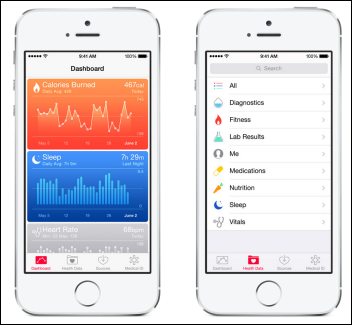
From Korn: “Re: Apple’s Health and Epic. Will it be as important as the hype suggests?” I doubt it. Apple probably hasn’t dug deep enough into healthcare to realize all of the potential issues as they (as one closed system) try to make something with universal consumer access to data from Epic (another closed system) and not run afoul of HIPAA issues. It’s great that a company the size of Apple is at least thinking about healthcare, but I think they are a lot more interested in consumer health monitoring since that might sell more Apple hardware in a way that I doubt hospital information would do. Surely Apple remembers Google and Microsoft stumbling in trying to turn personal health records into a business that consumers didn’t want. Think about it from your perspective: would anything from Epic be amazing just because you could do something new with it on an iPhone? I think the relationship is more in the other direction – Epic can take in information from Health, but that doesn’t really seem to benefit Apple very much.
Meanwhile, the Australian free practice management systems vendor HealthKit was less than delighted to hear about the surprise use of its name by Apple, with one of its executives saying, “I’d like to think that [Apple] forgot to spend five seconds and type www.healthkit.com into their browser. But other people have said that possibly they did, and thought that we were just a startup and they could really just squash us.” In Apple’s defense, its product is called simply Health and only the development framework is called HealthKit. I’m sure Apple’s IP team did due diligence and saw no potential for confusion. I don’t think any names exist that someone hasn’t already locked down, which is why companies just make up words.
From Job Seeker: “Re: senior executive jobs in healthcare IT. Any idea what percentage are filled via retained search firm?” I don’t know, although I assume it’s different for provider CIO positions vs. vendor executive hires. Reader insight is welcome as long as it doesn’t contain a plug for a search firm.
From Arthur’s Sword: “Re: ONC’s new leadership. I wonder how many of the newly named folks have walked the walk and worked for a vendor or practice using an EMR? They are making important decisions for everyday physicians.” I found these backgrounds, but I will first say that I might question your premise of whether the folks in these positions really need current EHR exposure to do their jobs. Being an effective leader is more about listening than applying personal experience that might be dated or unrepresentative. It’s also not reasonable given the demands of these jobs to expect ONC’s people to deliver patient care or work with technology directly – they already work a lot of hours (for relatively low pay) and they solicit field input via committees, work groups, and the public comment process . My guess is that the “voice of the user” is represented behind closed doors when necessary by Reider and Murphy, who have the credibility to represent both the ambulatory and hospital providers, respectively. I would also question whether ONC will retain the influence you mention now that its money trough has mostly been lapped dry and providers rightfully start thinking about whether the dangling taxpayer cash is worth the hoop-jumping.
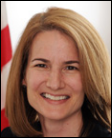
Kelly Cronin, healthcare reform coordinator. Healthcare consulting, mostly government-related.
Jodi Daniel, policy. Lawyer and government.
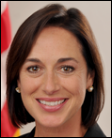
Karen DeSalvo, national coordinator. Physician. Education, government. Her bio isn’t clear on when she last practiced medicine.
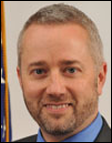
Doug Fridsma, chief science officer. Physician with clinical experience.

Lisa Lewis, deputy national coordinator for operations. Running federal grants programs.
Kim Lynch, programs. Government and REC.

Judy Murphy, deputy national coordinator for programs and policy. Nurse with extensive and recent hospital EHR leadership experience.
Seth Pazinski, planning, evaluation, and analysis. Government.
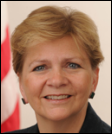
Joy Pritts, chief privacy officer. Lawyer and professor.

Jacob Reider, deputy national coordinator. Physician. Vendor and provider EHR experience.

Nora Super, public affairs. Government relations.
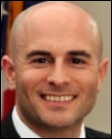
Steve Posnack, standards and technology. Government.
Speaking of ONC and HITECH, here’s what I said about it back in April 2009 (HITECH was approved in February 2009):
Healthcare is getting a lot of government money. Surely the feds wouldn’t start telling us how to run our shop, right? I wouldn’t count on it. We might be selling our souls here … Everybody’s clinking their glasses and high-fiving over the gravy train headed healthcare IT’s way. Fear the person from the government who’s here to help: there may be a hidden price. It’s clear that CCHIT (or something like it) will enjoy unprecedented power to set mandatory product requirements. “Effective use” will do the same for providers, spelling out exactly how they must use their technology. As Uncle Sam becomes an even more dominant buyer of healthcare services, the ratchet may be turned on reducing costs and following somebody’s medical cookbook … is the real agenda to use government clout to finally whip private industry around a little, making businesses behave in some unspecified way that runs contrary to the free market?
HIStalk Announcements and Requests
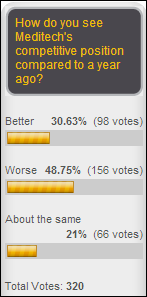
Poll respondents were mixed on whether Meditech’s competitive position is changing. New poll to your right: which events will you attend in the next year?
Thanks to the following sponsors, new and renewing, that recently supported HIStalk, HIStalk Practice, and HIStalk Connect. Click a logo for more information

Lorre reports that she visited athenahealth’s Watertown headquarters in Boston last week, enjoying a social event, a campus tour, and a briefing from Jonathan Bush, who then autographed a copy of his new book for her.
Upcoming Webinars
June 11 (Wednesday) 1:00 p.m. ET. A Health Catalyst Overview: An Introduction to Healthcare Datawarehousing and Analytics. Sponsored by Health Catalyst. Presenters: Eric Just, VP of technology; Mike Doyle, VP of sales; Health Catalyst. This short, non-salesy Health Catalyst overview is for people who want to know more about the company and what we do, with plenty of time for questions afterward. Eric and Mike will provide an easy-to-understand discussion regarding the key analytic principles of adaptive data architecture. They will explain the importance of creating a data-driven culture with the right key performance indicators and organizing permanent cross-functional teams who can measure, make and sustain long-term improvements.
June 24 (Tuesday) 2:00 p.m. ET. Share the Road: Driving EHR Contracts to Good Compromises. Sponsored by HIStalk. Presenter: Steve Blumenthal, business and corporate law attorney, Bone McAllester Norton PLLC of Nashville, TN. We think of EHR contracts like buying a car. The metaphor has is shortcomings, but at least make sure your contract isn’t equivalent to buying four wheels, an engine, and a frame that don’t work together. Steve will describe key EHR contract provisions in plain English from the viewpoint of both the vendor and customer.
Acquisitions, Funding, Business, and Stock

Allscripts opens its European headquarters in Manchester, England, expecting to hire up to 100 people in the next three years.
People

Mary Carroll Ford (MBC XPERT LLC) joins WeiserMazars as a principal in the company’s healthcare group.
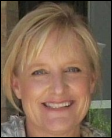
3M Health Information Systems promotes JaeLynn Williams to president.

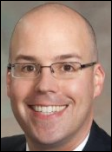
Andis Robeznieks at Modern Healthcare points out that the incoming president of the American Medical Association as of June 2014 is a healthcare IT guy (Robert Wah of CSC, who has been an associate CIO and ONC’s deputy national coordinator) and so is the next president who will take office in June 2015, Steven Stack (long-standing chair of AMA’s health IT group).
Announcements and Implementations

E-MDs is named as Austin’s top biomedical R&D employer by the local business newspaper, with 200 local employees.
The local paper covers the use of InteHealth’s patient portal at Raritan Bay Medical Center (NJ).
Government and Politics
More signs that the VA’s VistA baby will be thrown out with the agency’s dirty bath water: the President says publicly that the VA needs a new information system. Evidence is ample that that the real problem was that VistA’s scheduling system was accurate and transparent, and due to the VA’s resource and management challenges, that created a reason for users to avoid using it. In other words, the system gets thrown out because it was doing exactly what it was supposed to do. The political heat will require taking decisive action quickly, which probably means the VA will be pushed in the same direction DoD is heading, which nearly ensures that Epic (under a fat cat contractor) will get the deal.
The good news for insurance companies is that HHS now allows them to run their connections to Healthcare.gov on Amazon Web Services, the cloud-based hosting solution used in all industries. The bad news is that most of those companies had already purchased their own servers since HHS rejected their request to use cloud-based hosting just six months ago.
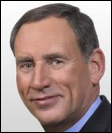
Cleveland Clinic President and CEO Toby Cosgrove withdraws as a candidate for VA secretary. It probably wasn’t that hard of a decision given a massive pay cut (from a couple of million per year from the Clinic plus his highly profitable cozy vendor ties), never-ending political headaches, and moving from a highly regarded organization to one whose luster has been tarnished somewhat unfairly. Who would you choose? I might go with Paul Levy, who underwent his own form of tarnish, although I don’t know if he has any military experience and that would be nearly mandatory. @Farzad_MD has a good suggestion: HCA Chief Medical Officer Jonathan Perlin, MD, PhD, who was previously the VA’s Under Secretary for Health and then CEO of the Veterans Health Administration. A mid-sized health system CEO can make $1 million or more, so it’s tough to find someone who is highly credentialed, willing to take on massive federal bureaucracy, and move to Washington DC on a salary of maybe $200K.
Todd Park just announced OpenFDA at Health Datapalooza, but Social Health Insights already has created a query tool built over FDA’s adverse event reports database.
Other

A hospital in Israel implants a “connected” pacemaker that transmits cardiac condition information over the cellular network as low-bandwidth text messages.
New Google+ Hangout interview videos from John Lynn include John Squire (Amazing Charts), Mac McMillan (CynergisTek), Vishal Gandhi (ClinicSpectrum), Alan Portela (AirStrip), and Daniel Cane and Michael Sherling (Modernizing Medicine).
A patient sues University of Cincinnati Medical Center (OH) when her syphilis diagnosis and her medical bill is posted to a member-only Facebook group called “Team No Hoes.” The woman refused to tell her former boyfriend why she was being treated at the hospital, so he asked another girlfriend who worked in the hospital’s billing department, who looked it up in the EMR. The patient’s name and diagnosis was then posted to a Facebook page devoted to identifying supposedly promiscuous women. The hospital is named in the lawsuit along with the billing employee it fired over the incident.

Moody’s downgrades the bonds of Lifespan (RI) to near-speculative (junk) status, listing as its challenges shrinking margins, high area unemployment leading to bad debt, an underfunded pension plan, heavy employee unionization, and high IT costs. Moody’s says it will upgrade its ratings when Lifespan completes its Epic implementation and shows improved metrics. The system announced its choice of Epic in March 2013, saying the project would cost $90 million.
Here’s a brilliantly fun video from medical school students at University of Chicago. A bit of sleuthing finds that the talented medical student star is Beanie Meadow, who has appeared in several similar videos.
Weird News Andy calls this “unencrypted notepad.” The information of 400 Connecticut health insurance exchange enrollees is exposed when someone finds a backpack containing their manual paperwork on a Hartford street. Access Health CT thinks the backpack was lost by an employee of its contractor Maximus, which provides call center services. Officials suggest that the contractor’s employee may have been stealing information.
Contacts
Mr. H, Inga, Dr. Jayne, Dr. Gregg, Lt. Dan, Dr. Travis, Lorre.
More news: HIStalk Practice, HIStalk Connect.
Get HIStalk updates.
Contact us online.






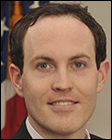











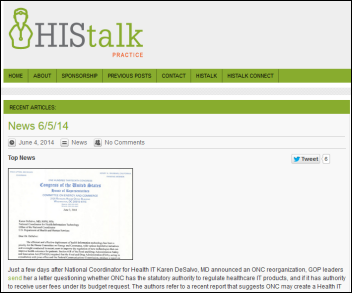
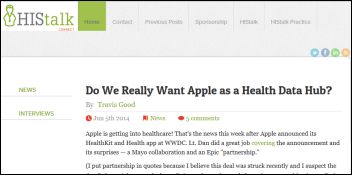















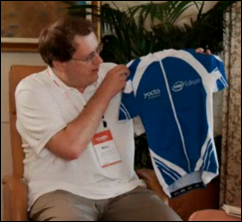













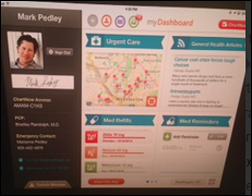


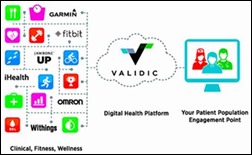

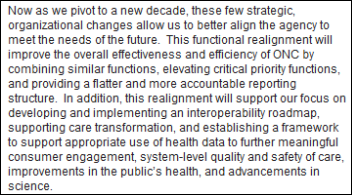







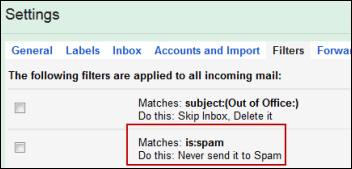








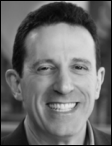

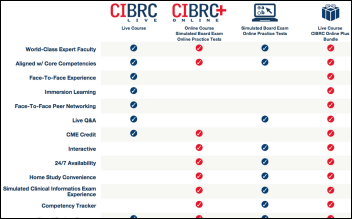

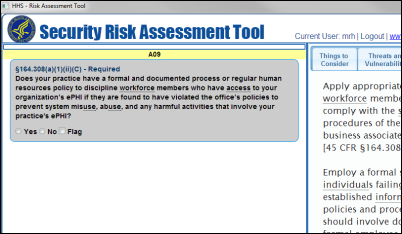
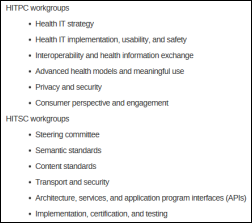
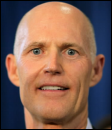


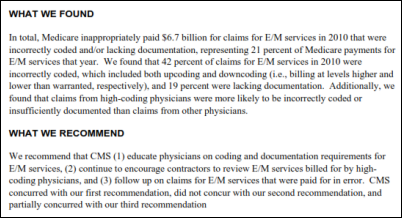



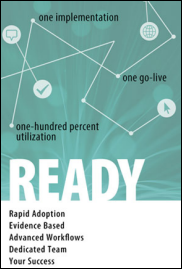


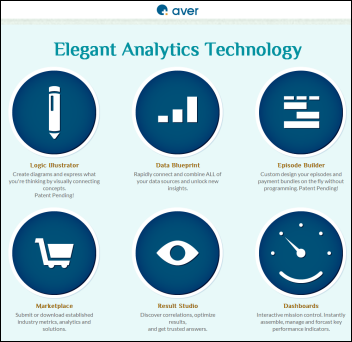









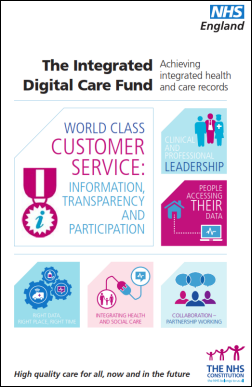

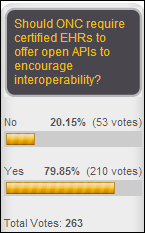
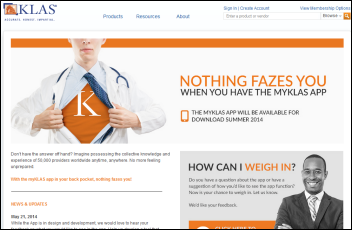
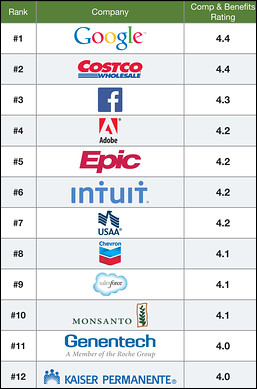


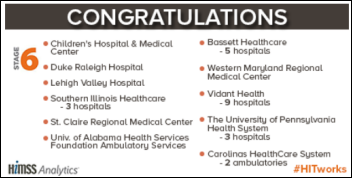





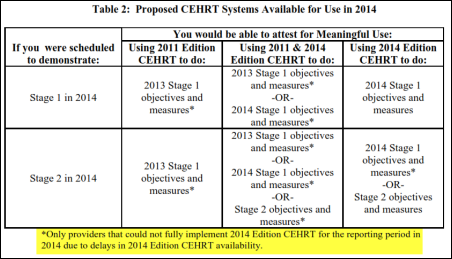


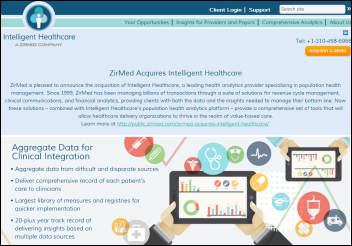




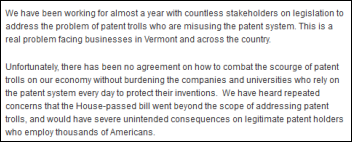
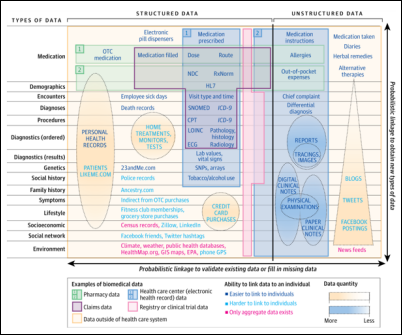
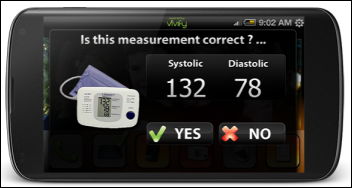



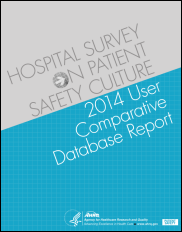
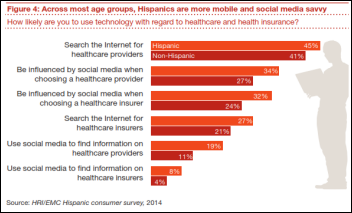
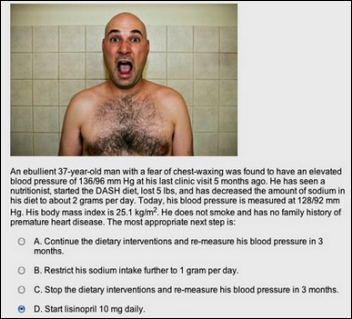




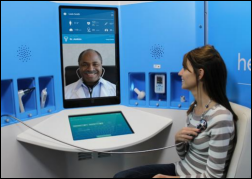





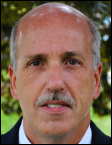
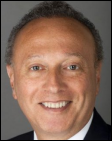




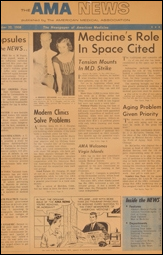

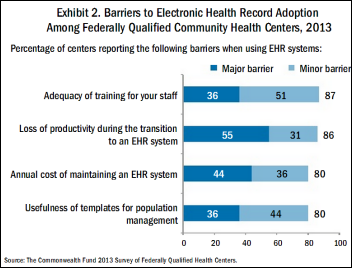






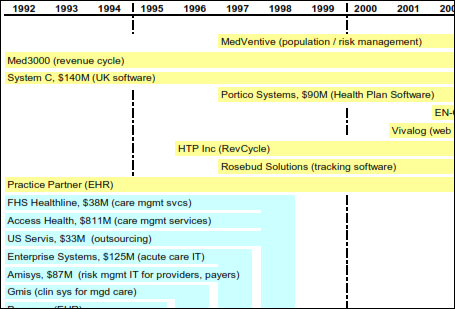






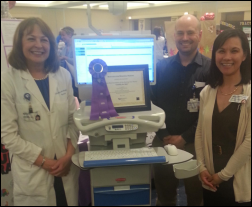
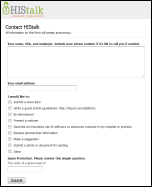

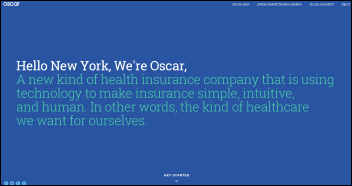

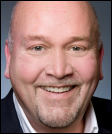



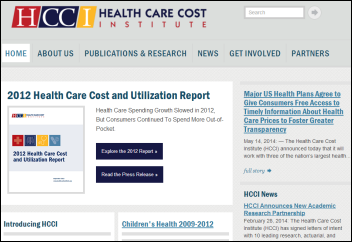






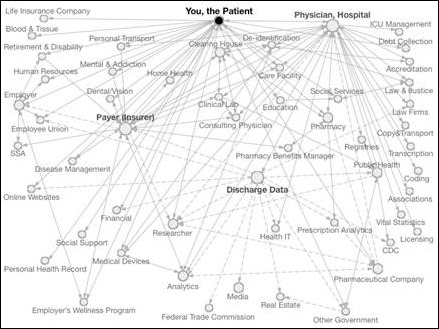





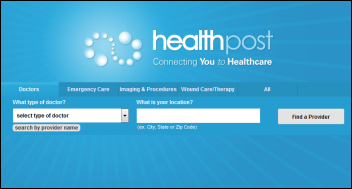




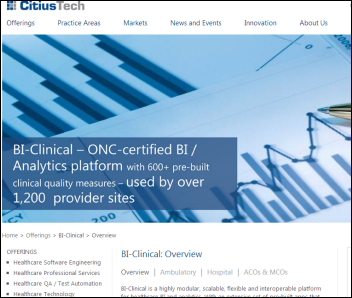

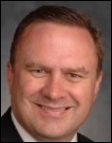
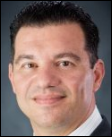

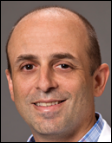
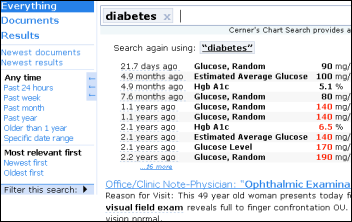
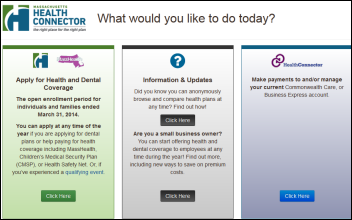


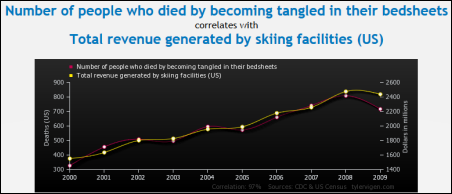







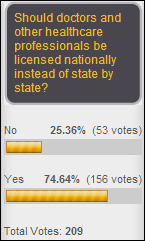





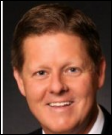




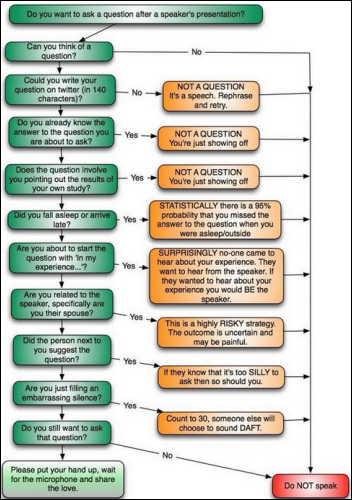
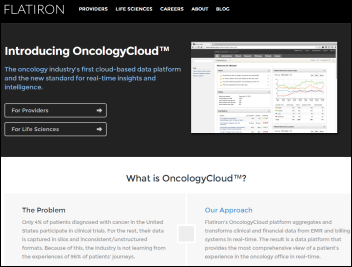





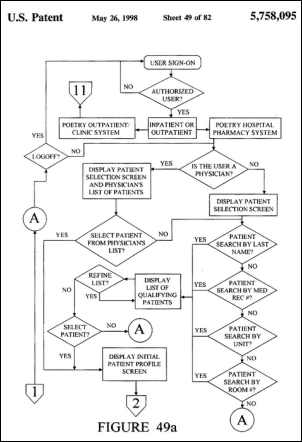

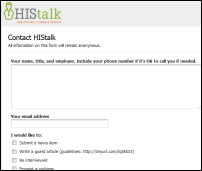




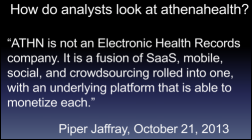
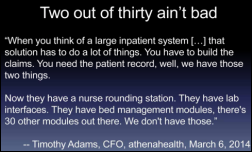
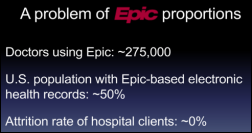

















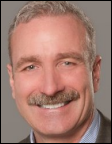












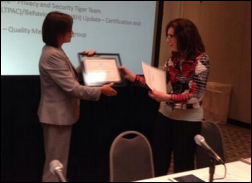





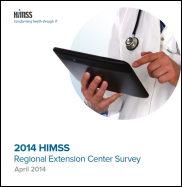

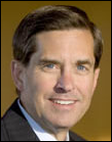
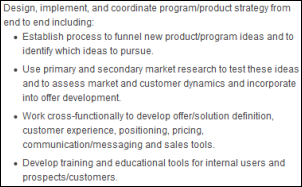
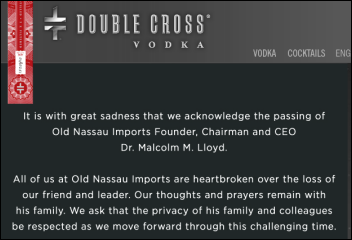














































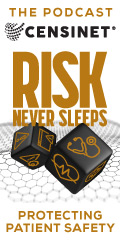



































Would have liked to have seen more about Expanse here. Would like to see more about it on this site…